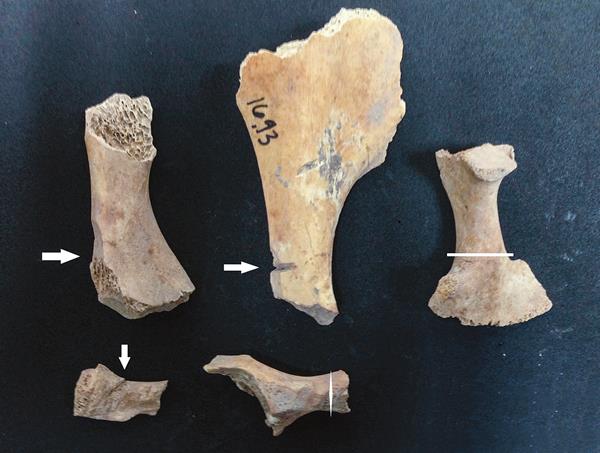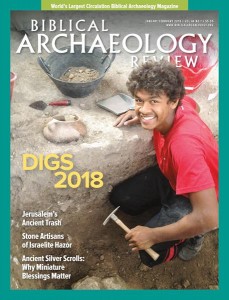The Jerusalem Diet
Sidebar to: Jerusalem and the Holy Land(fill)

The animal remains from Jerusalem’s Early Roman landfill are the largest assemblage of fauna ever published from Jerusalem. We compared these bones with contemporaneous animal bone assemblages from other parts of the city, as well as with bones excavated from a northern section of the landfill closer to the Temple Mount. The remains from the landfill were highly fragmented, and only a handful of bones were complete. Yet the bones were well preserved and showed little evidence of weathering, which suggests that the assemblage was covered quickly either by more refuse or by organic material.
Our analysis reveals that domestic livestock was the main source of meat consumed in the city and was supplemented by wild game and chicken. The lack of pigs and other non-kosher animals suggests that the populace was Jewish. Further support that Judaism was the dominant religion of Jerusalem at this time comes from evidence that early kashrut (kosher) butchery practices were being employed in the removal of the sciatic nerve from the pelvis (cf. Genesis 32:33). The meat proportions, culling pattern, and animals present denote a mix of elites and commoners—suggesting that everyone’s refuse, regardless of socioeconomic class, was disposed in the same area.
Already a library member? Log in here.
Institution user? Log in with your IP address.

